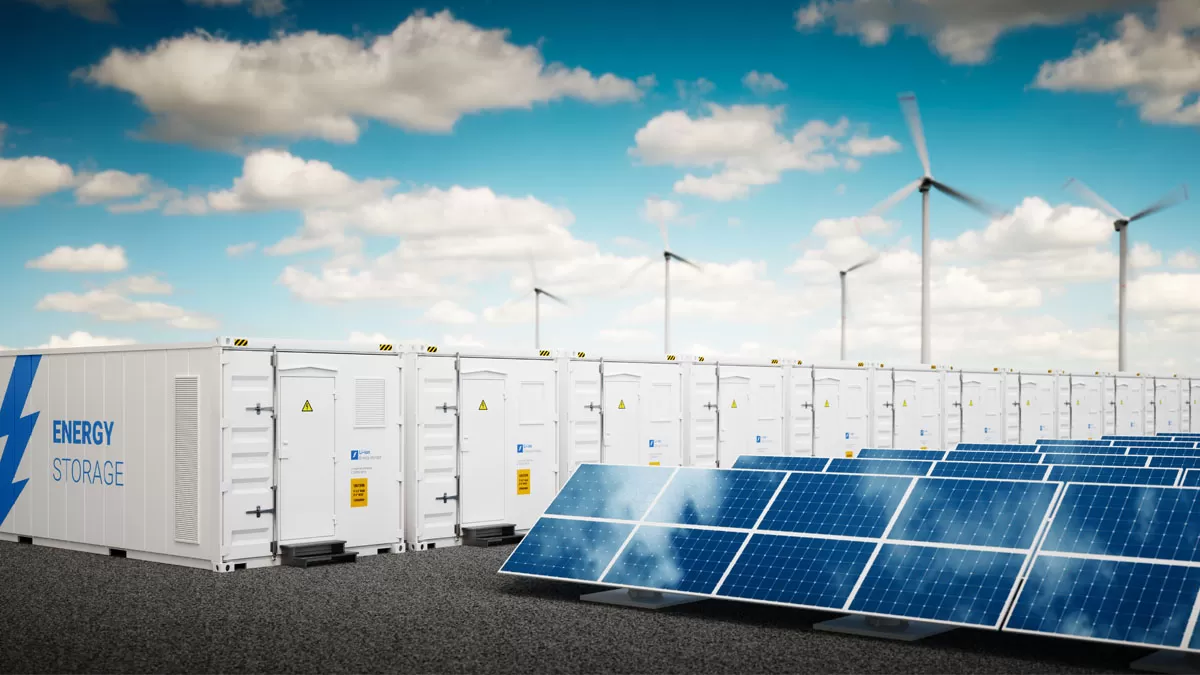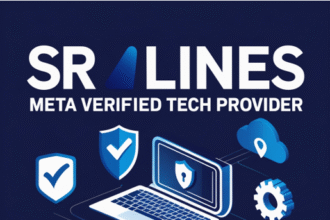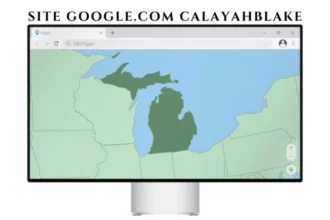Energy prices are rising, and many homeowners are looking for ways to cut costs while reducing their environmental impact. Solar power has emerged as one of the most effective solutions for lowering energy bills and achieving energy independence. But how exactly can you make the most of solar power to maximize savings? This guide will provide practical tips to help you reduce energy costs while transitioning to solar.
Understanding Solar Power
Solar power taps into the sun’s renewable energy to generate electricity. Solar panels, or photovoltaic (PV) panels, are made up of cells that convert sunlight into electricity, which can then be used to power your home.
There are different types of solar power systems to consider:
- Grid-Tied Systems: These are connected to the electricity grid, allowing you to draw power when sunlight is insufficient and sell excess energy back to the grid in some cases.
- Off-Grid Systems: Fully independent of traditional power grids, these systems require battery storage to ensure you have electricity during cloudy days or at night.
- Hybrid Systems: Combining the benefits of both, hybrid systems use batteries to store energy while remaining connected to the grid for added reliability.
By understanding how solar systems work and the options available, you can choose one that best suits your needs and maximizes cost savings.
Assessing Your Energy Needs
Before investing in solar power, it’s essential to evaluate your current energy usage and determine the size of the system you’ll need. Here’s how you can do it:
- Review Your Energy Bills: Start by examining your utility bills to calculate your average monthly and annual energy consumption in kilowatt-hours (kWh). This will give you a clear picture of your energy needs.
- Assess Peak Consumption Times: Identify when your household uses the most energy. This data will help design a system that can meet your peak demands.
- Factor in Future Changes: If you plan to purchase an electric vehicle or expand your home, consider the additional energy you’ll need in the future.
Consult a solar installer to perform a professional energy audit to determine the right number of solar panels and supplementary equipment, such as Enphase batteries, which can store excess energy effectively for later use.
Installation and Maintenance Tips
Installing solar panels and maintaining them is simpler than many people think. Here are some key things to keep in mind:
Installation Steps
- Site Evaluation: A technician will assess your roof’s angle, orientation, and shading to design an optimal setup.
- Permits and Paperwork: Local authorities often require permits for solar installations. Reputable companies will usually handle this process for you.
- Installation and Connection: Panels are installed, mounted securely, and connected to an inverter and the main electric system.
Maintenance Tips
- Clean the Panels Regularly: Dirt, debris, and bird droppings can reduce efficiency. Clean your panels once every few months or after heavy storms.
- Inspect for Damage: Check for cracks or wear, especially after extreme weather conditions.
- Monitor System Performance: Most solar setups include apps or monitoring systems to track energy production. Stay vigilant for any inefficiencies and address them promptly.
With proper care, your solar panels can remain highly efficient for 25 years or more, ensuring you maximize your return on investment.
Financial Incentives and Rebates
Switching to solar requires an upfront investment, but several financial incentives can make it more affordable. Here’s what to look for:
- Federal Tax Credits: The U.S. government currently offers the Investment Tax Credit (ITC), which allows you to deduct a percentage of your solar installation costs from your federal taxes. Be sure to check the current percentage, as it can change yearly.
- State and Local Incentives: Many states have solar rebate programs, property tax exemptions, or performance-based incentives. Explore what’s available in your area to reduce out-of-pocket costs further.
- Net Metering Programs: Participating in a net metering program allows you to earn credits for any excess energy your system sends back to the grid. This can significantly offset your utility bills.
- Financing Options: Solar loans or leasing options can make it easier to afford solar panels without an up-front cash payment, giving you the flexibility to pay over time.
Taking advantage of these incentives and programs can make solar energy a financially smart decision.
Conclusion
Evaluate your energy usage, potential savings, and local incentives to see if solar energy is right for you. With advancing technology and growing climate awareness, solar is becoming a top choice for reducing carbon footprints and utility costs. Embrace clean, renewable energy and start enjoying the benefits of solar power today!

















